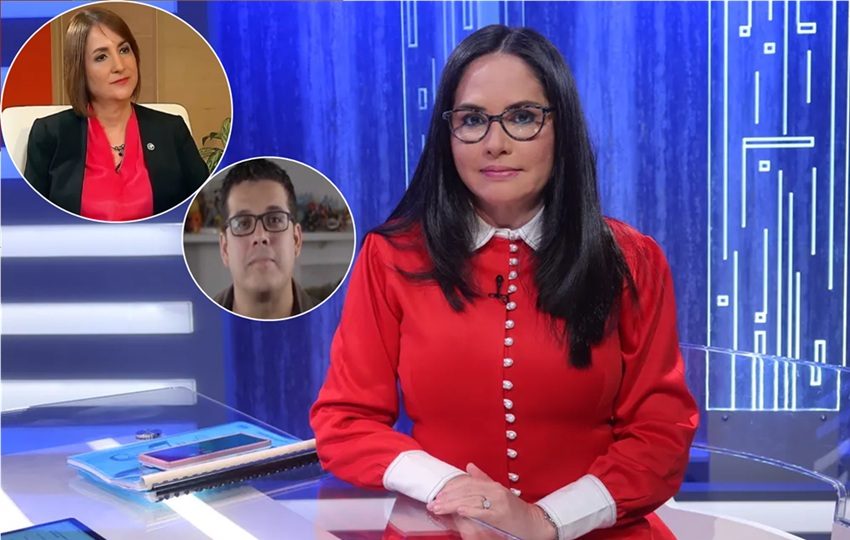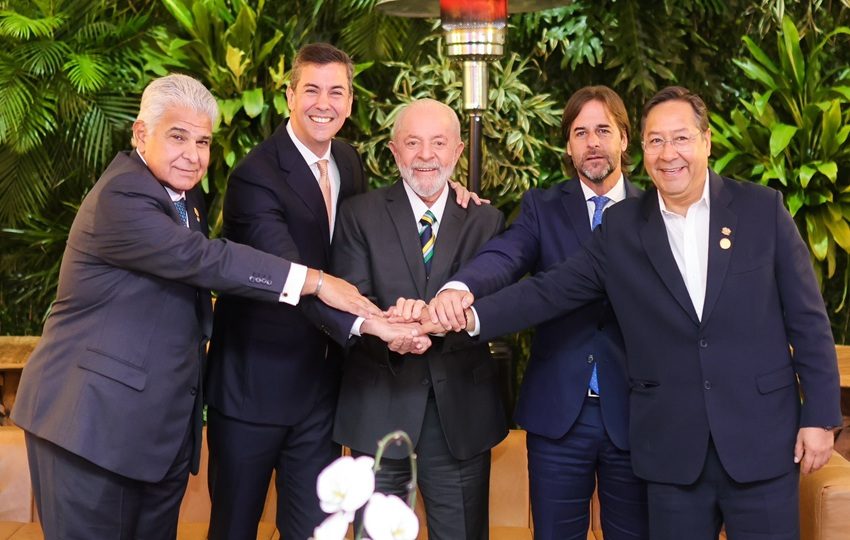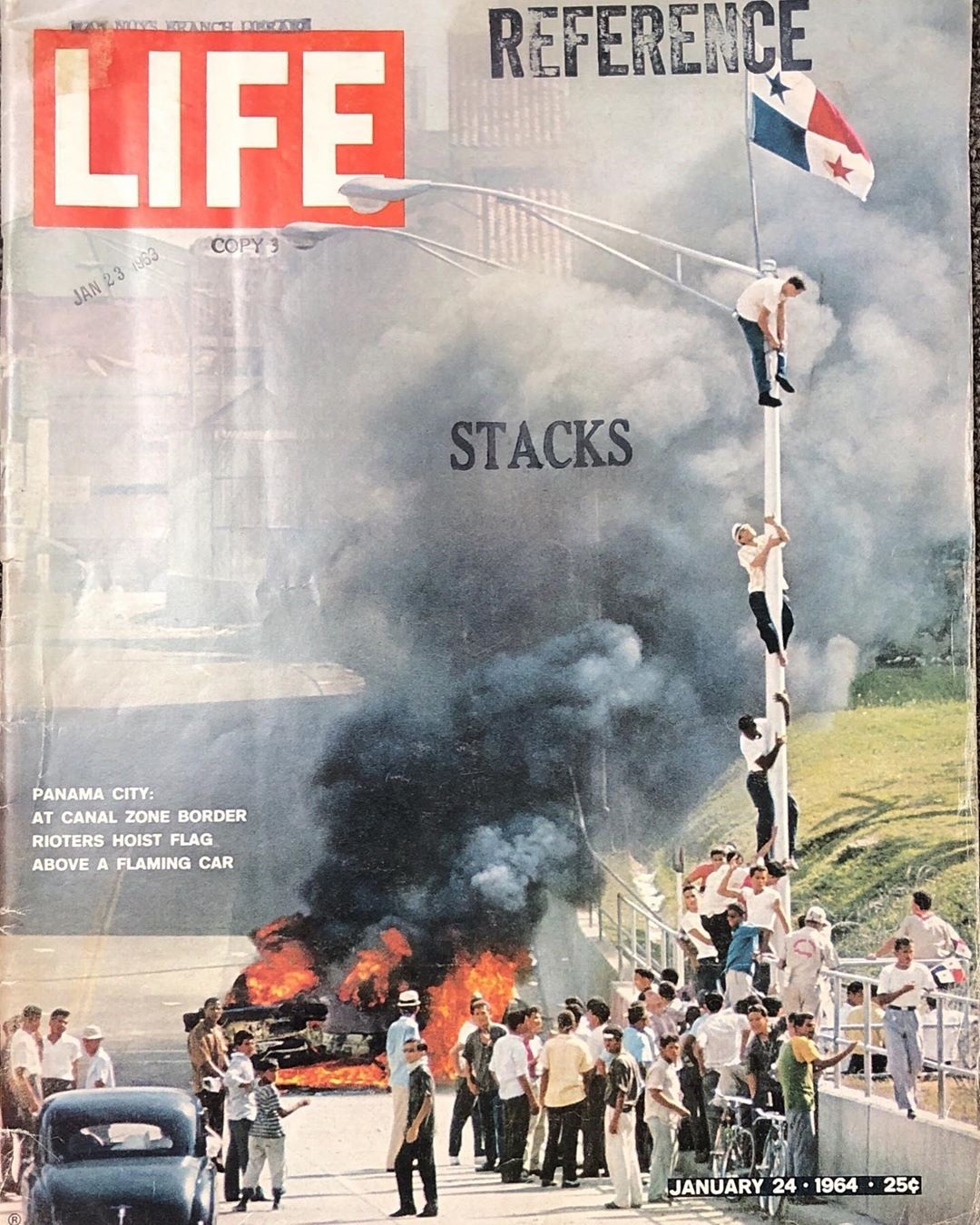A look back at a genuine “Panamanian” hero

When expats are exposed to Panama's rich history it usullly refers to the acts of earlier "foreigners". from Balboa's discovery of the South Sea, to the building of the railway and the French attempt at building the canal, and the US completion of the project.
But there is history in which genuine Panamanian's come to the fore.
Jack Gordon-Smith has delved into the life of one of them:

Victoriano Lorenzo can undoubtedly lay claim to being one of the great heroes of Panamanian history. Born in 1867 near Penonome in the small hamlet of La Negrita, Victorian Lorenzo was a Cholo descended from the indigenous Ngobe people of western Panama. Born into a family of poor farmers, he determined at an early age to improve his circumstances, and so attached himself to a priest living in Chapira, who taught him to read and write.
At this time the Ngobe were virtual slaves of the ruling white aristocracy and the Cholos little better. The young Lorenzo became a champion of his people, who soon came to revere him.
At the tender age of 22, as an inspired leader of his local community, he became 'Regidor', one of the ruling aldermen of Penonome, where he shared an office with one Pedro de Hoyos, who was of the opinion that no indigenous Panamanian should share equal status with the white ruling class, of which he was one This hatred was exacerbated when Lorenzo confronted de Hoyos over the arbitrary taxing of the indigenous people with an outrageous tithe.
In 1890 de Hoyos attempted to kill Lorenzo with a machete, but Lorenzo was young and agile and managed to avoid the murderous cuts, turning the tables on de Hoyos who was slain. Realizing what he had done, Lorenzo fled to the hills for a few days of contemplation before turning himself in to the authorities.
Although the death was clearly an act of self-defence, Victoriano was sentenced to 9 years imprisonment in far off Chiriqui, where he soon became popular with the guards and managed to live in reasonably favorable circumstances. The prison was in fact a warehouse and he learned warehousing skills, which would later stand him in good stead when he was equipping his army. He also became adept both as a barber and tailor.
In 1899, on his release, he returned to Penonome to his wife and to a rapturous welcome from his people, who had always been of the opinion that his imprisonment was unjust. He was soon surrounded by a loyal band of supporters, who enlarged his primitive dwelling and built an office where he held court. Many of them also acted as his defacto guard, as there were still those who were jealous of his popularity and would like to have succeeded where de Hoyos had failed.
At this time Panama was still part of Colombia, which itself was a part of Gran Colombia. It was in the year that the 1000 days war broke out; a vicious and destructive civil conflict which raged throughout Colombia between the ruling Conservatives and the Liberals. Victoriano Lorenzo took up arms in Cocle in support of the Liberal leader, Belisario Porras, against the oppressive rule of the white Conservative aristocracy.
The initial skirmish between Liberals and Conservatives, in which Lorenzo was not involved, took place in Panama City and was known subsequently as the Battle of Caledonia Bridge. The Liberals of Panama City took a devastating beating, from which they never fully recovered.
In the meantime General Victoriano Lorenzo took to the hills above La Negrita and Mosquitera, where he honed his mixed rabble of supporters into a successful guerrilla army, which made continuous night time raids on the Colombian army positions in and around Penonome, which they eventually captured.
Together with other Liberal generals, who succeeded in capturing Aguadulce from the Conservatives, the tide was gradually but emphatically turning in favour of the Liberals following their humiliation at the Battle of Caledonia Bridge.
However, as allies of the Conservatives, the United States of America under Theodor Roosevelt were very keen that the conflict should end. They controlled the railroad across the isthmus, which they feared might fall under attack. In addition, they had in mind to resurrect the ill-fated French attempt to build a canal across the isthmus. As a result a peace accord was brokered aboard the USS Wisconsin, moored in Panama Bay.
The majority of Liberal generals were tired of the conflict and were keen to sign, but Lorenzo refused. He still felt that the fight to arrest the murder, rape and enslavement of his people, which he had witnessed for the greater part of his lifetime had not been won.
Seeing him as a continued danger, due to the massive support he commanded in the whole of Panama to the west of the city, he was imprisoned on the 28 November 1902, awaiting trial. Meanwhile his army also awaited his orders but, in spite of an abortive attempt to escape on Christmas Eve, no orders were ever forthcoming. .
On May 13 1903, a new Military Commander for Panama, General Pedro Sicard Briceno, arrived from Bogota. The following day at 2.00pm a war council was convened. The chairman of the council was a sworn enemy of Lorenzo, so the result was as inevitable as his trial was swift. Within 27 hours of the war council being convened, Victoriano Lorenzo had died in a hail of bullets in what is now Plaza de Francia, at the age of just 36.
The execution was not reported in the press; indeed the press were banned from any mention of it. As a result it was some time before his family heard of his demise and came to Panama to take possession of his remains. Despite their pleading, this was denied.. In fact to this day there is no record of what happened to the body of General Victoriano Lorenzo, Cholo from La Negrita.





